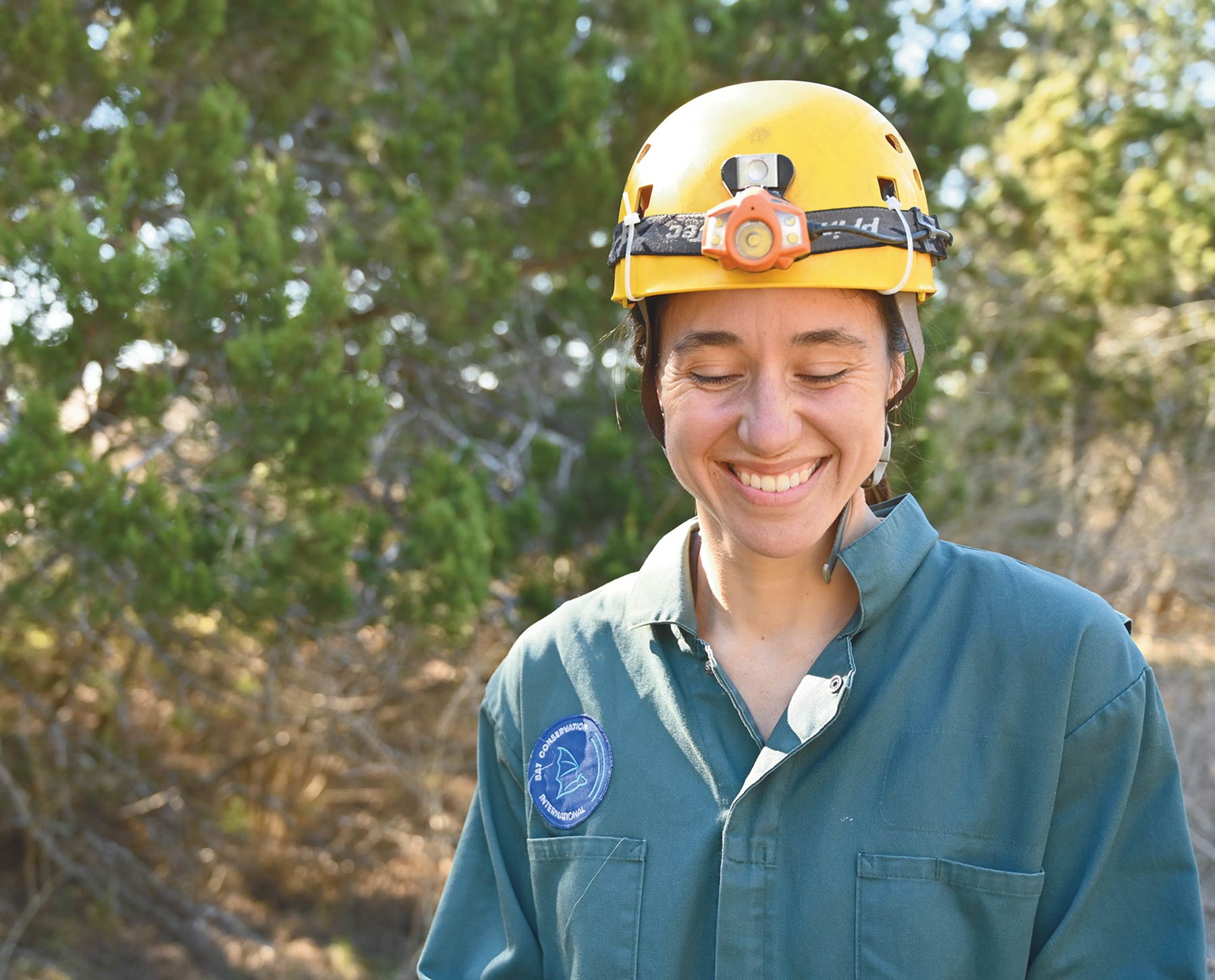

One Health: Linking It All Together
r. Luz A. de Wit had somewhat of an unconventional journey to bat conservation work. First, she went to veterinary school, then studied conservation medicine before eventually getting her Ph.D. in ecology and evolutionary biology. Then, for many years, she studied invasive cats and their role in the spread of disease. Today, she’s one of the newest researchers at Bat Conservation International (BCI)—and she’s helping bring One Health approaches to bat conservation.
What is the One Health initiative?
It’s also a tool for helping inform our conservation decisions. When you understand the processes impacting all three of these areas, you can start looking for solutions that benefit all three, too.
Can you share an example of how it can be applied?
When we help protect bats’ ecosystems, by protecting their roosting and foraging habitats, we also allow bats to provide these ecosystem services that we need for agriculture and our own well-being. When we help their health, we also improve the ecosystem and benefit our own health—it’s a nicely knitted system.
How have you integrated One Health initiatives into your work at BCI?
This can benefit conservation by understanding what may be driving risks of bats getting viruses. But we can also help land managers, wildlife managers, biologists, and land-use planners. For example, if bats are living closer to humans and domestic animals, or in areas that are deforested and degraded, they might have a higher prevalence of viruses in these populations. This information could inform environmental management.